Regardless of whether you’re an experienced climber or not, a lot of travelers dream of climbing the seemingly unreachable peaks of the Himalayas, in Nepal. The combination of altitude and culture is really quite intoxicating. Many people aspire to meet the semi-nomadic tribes up in the mountains, or maybe they just aim to prove something to themselves. Whatever the case, it’s important to note that trekking in any part of the Himalayas isn’t a walk in the park.
If you’ve been dreaming of climbing the snow-capped mountains of Nepal but don’t know exactly where to start, here are some tips collated from expert climbers, so you don’t have to start from scratch:
1. Choosing your trekking route

Nepal is lucky enough to have all five climatic conditions in just one setting, depending on the altitude. The higher you go, the colder it is. The five climatic zones are:
- Tropical and Subtropical Zone - Below 1,200 meters (3,937 feet) above sea level
- Cool, temperate Zone - 1, 200 to 2,400 meters (3,937 to 7,874 feet) above sea level
- Cold Zone - 2,400 to 3,600 meters (7,874 to 11,811 feet) above sea level
- Subarctic Climatic Zone - 3,600 to 4,400 meters (11,811 to 14,436 feet) above sea level
- Artic Zone - Above 4,400 meters (14,436 feet)
The colder it is, the more difficult climbing is bound to be. There is always the danger of HAS or High Altitude Sickness. However, on the good side, this also means there are a hundred or so trekking routes to choose from, depending on your climatic preference and the sights that come with each one. The tropical and subtropical zone will still have lots of plant life, domestic wildlife and small villages to visit. The higher you go, the more sparse the population gets, as well as the plant and animal life. The arctic zone will look almost barren with only snow and rocks mainly as your view. However, consider the last one as a challenge. Barren as it may seem, the prize is the novelty. Not a lot of people have seen the Artic Zone, like the peak of Everest. So if you want to take on this challenge, consider the other factors in this list.
Mount Everest Climb
Address: Nepal
Website:
2. Setting a budget for your trek (from USD 1.0)

Setting a budget will also inevitably answer whether you are going solo (D.I.Y.) or you are joining a tour outfit. Take in mind what mountain or pass you want to conquer and the number of days it will take, along with a guide, food, accommodation, transportation, porters, tips, and even small hospitality gifts to villagers. Add in emergency funds for any eventualities. When you’re trekking, you should always prepare for things like insurance, hospitalization, emergency exit off the mountain, and other scenarios. This may seem too much but experts always heed to caution. A lot of professional climbers have been airlifted by plane before. At least you’ll have options in case you don’t want to continue or you can’t climb back down.
Kathmandu 5-Day Mt Everest Region Tour with Round-Trip Flights
Duration: 5 days
3. Preparing your mindset (from USD 736.0)

It’s easy to get high - literally - when you’re in an uncontrolled environment with an altitude that makes rational thinking difficult. It’s also easy to let plain adrenaline get in the way. There’s the high brought about by reaching something you’ve never reached before. Plus, Nepal has the type of view and culture that’s really intoxicating. However, it’s always good to keep your decisions grounded when you’re up in the mountains. Do not forget that, beautiful as it may be, it is still a dangerous place. Listen to your body. Don’t forget to acclimatize. Communicate your plans to other people. If you feel like health or safety is at risk, turn around and descend. You only have one mind and body. The mountains can be conquered another day.
9-Day Annapurna Trek from Kathmandu
Duration: 9 days
You might be interested in these Airbnbs!
4. Checking all equipment and gear (from USD 699.0)

If you’re going with a tour outfit, this isn’t necessary as they usually bring everything needed for a trek (but in any case, always double check what’s included in the package.) If you’re doing things on your own, though, or you have existing equipment, always make a checklist and prepare everything at least two weeks before your trip. Essentials such as sleeping bag, sleeping mat and a lightweight tent, must be in prime condition. Missing equipment and gear will mean a break in your budget. Plus, Nepal tourism has already jacked up the prices on equipment and gear bought onsite. Don’t forget to bring a kitbag as well. The environment can be harsh and might damage your pack easily. On the other hand, while it’s tempting to buy all the latest equipment, remember just how much weight you can carry on an uphill climb. Only buy and pack the essentials.
4-Night Annapurna Region Trek from Kathmandu
Duration: 5 days
Nepal Tour Guide
Ananta Kafle
Hello there! My name is Ananta. I am a tourist guide. I have completed my master degree in Tourism Administration from Bangalore University since 2011 AD. I am a citizen of Nepal. I look after tours of UNESCO world heritage sites of Nepal. I can travel frequently to the tourist destinations of Nepal. One day trip to round trip tours are assisted by me to the travelers who would like to visit Kathmandu, Pokhara, Chitwan, Lumbini, Janakpur, Mustang district and many other places. Hindu temples and Buddhist stupas are main pilgrimage sites and medieval centuries kings courts are main historical sites in Nepal. Pokhara is famous for scenic beauty where we can find lakes including Fewa lake, Begnas lake etc. Chitwan has a national park where one horned rhinoceros, tigers and other wild life animals are found to see. Lumbini is the birth place of Gautam Buddha, he is the founder of Buddhism faith. Mount Everest is also a scenic attraction of Nepal. When you find these places on your interest to visit as tourist attraction, you may find me your the best travel provider. When there arises further assistance please free to contact me. Thank you.
Tours by Ananta
Nepal Tour Guide
Dinesh Thapa Magar
Meet Dinesh, your go-to guide for an unforgettable Nepal experience. With years of expertise, he seamlessly blends city charm with mountain thrill. Let Dinesh unveil Nepal's secrets, from vibrant streets to towering peaks, creating memories that linger far beyond the journey.
Nepal Tour Guide

Biren Choudhary
Nepal Tour Guide

Gyanendra Karki
Tours by Gyanendra
Nepal Tour Guide
Krishna Gautam
Namaskar (Hello)!Greetings from the land of discovery and adventure! I'm Krishna Gautam, a dedicated tour guide and travel planner for Nepal's breathtaking natural beauty and rich heritage of culture. I come with a Profound educational background and bring an original perspective to the journey. I received a master's degree in Rural Development and am currently pursuing an MPhil in Buddhist Studies and Yog Science at Tribhuvan University. In addition to my guiding experience, my university studies enable me to provide insightful commentary on Nepal's natural beauty and spiritual heart. With 29 years of expertise as a guide, I have been all throughout Nepal and have seen a variety of landscapes, from thrilling treks up to the basecamps of towering mountains to cultural journeys. I tailor every experience to fit your interests and schedule, whether it's taking in the colorful panorama of UNESCO World Heritage sites, going on challenging day treks, or taking all-inclusive round excursions to the most popular tourist attractions in Nepal, With so many attractions, Nepal has something to offer every kind of traveler. I promise that every second of your adventure will be full of excitement and discovery, from the busy streets of Kathmandu to the peaceful lakeside of Pokhara, from the greenery of Chitwan to the treasured birthplace of Lord Buddha in Lumbini.Some of the well-known locations I specialize in are cultural tours of Kathmandu's UNESCO World Heritage Site, as well as hidden gems that are just waiting to be discovered in Annapurna, Langtang, Manaslu, Upper Mustang, Dolpo, Ganesh Himal, Panchpokhari, Rolwaling, Solukhumbhu (the region surrounding Mount Everest), Makalu, and Kanchenjunga. My first priority are your comfort and happiness, and I take great pride in creating customized itineraries that meet your goals and interests. Whether you are looking for peaceful moments of reflection in the middle of nature, I can create a unique experience just for you.Allow me to serve as your guide as you set off on a wonderful adventure to discover the wonders and mysteries of Nepal's breathtaking landscape and deep cultural legacy. Let us together make some memories.I'm excited to plan your journey on this amazing journey just for you!Thank you!
5. Testing your physical endurance (from USD 1.0)

The best way to prepare for a long walk is to condition your body prior. How? Well, there’s no other way but to walk, walk, and walk. By determining your budget, you may already know how long your trek is going to be, and how many days you’ll do the actual walking. Replicate your itinerary in domestic settings. Start by taking long walks every other day. Then, do it every day. More so, practice connecting your foot to the ground, correctly. Start with putting your weight on your heel, then roll to your soles, down to your toes. This may serve very little difference when you’re walking just one kilometer. But, imagine when it’s a thousand kilometers on a steep mountain. Lastly, try to bring a daypack along so you’ll get used to bringing some sort of external weight apart from bearing your own weight. Pack water, energy bars, and some energy drink, or basically anything that you’ll need in an actual day pack. This way, you build arm and shoulder strength while you’re at it.
Everest Region Trekking from Kathmandu
Duration: 15 days
The most unreachable places are also the most beautiful
Nepal has been blessed with eight out of the ten highest peaks in the world, including Everest. A good part of Nepal’s appeal is in this, its inaccessibility. The tallest, most unreachable places also seem to be the most beautiful. For those who aim to witness the beauty of these majestic mountains and the Nepalese culture, be wise enough to know that not all things worth reaching, come easy.
History
Get Trip101 in your inbox
Unsubscribe in one click. See our Privacy Policy for more information on how we use your data







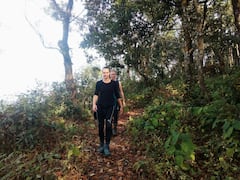
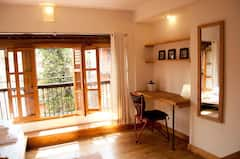

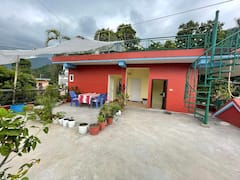
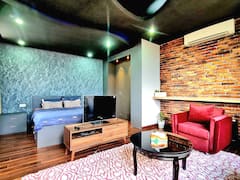
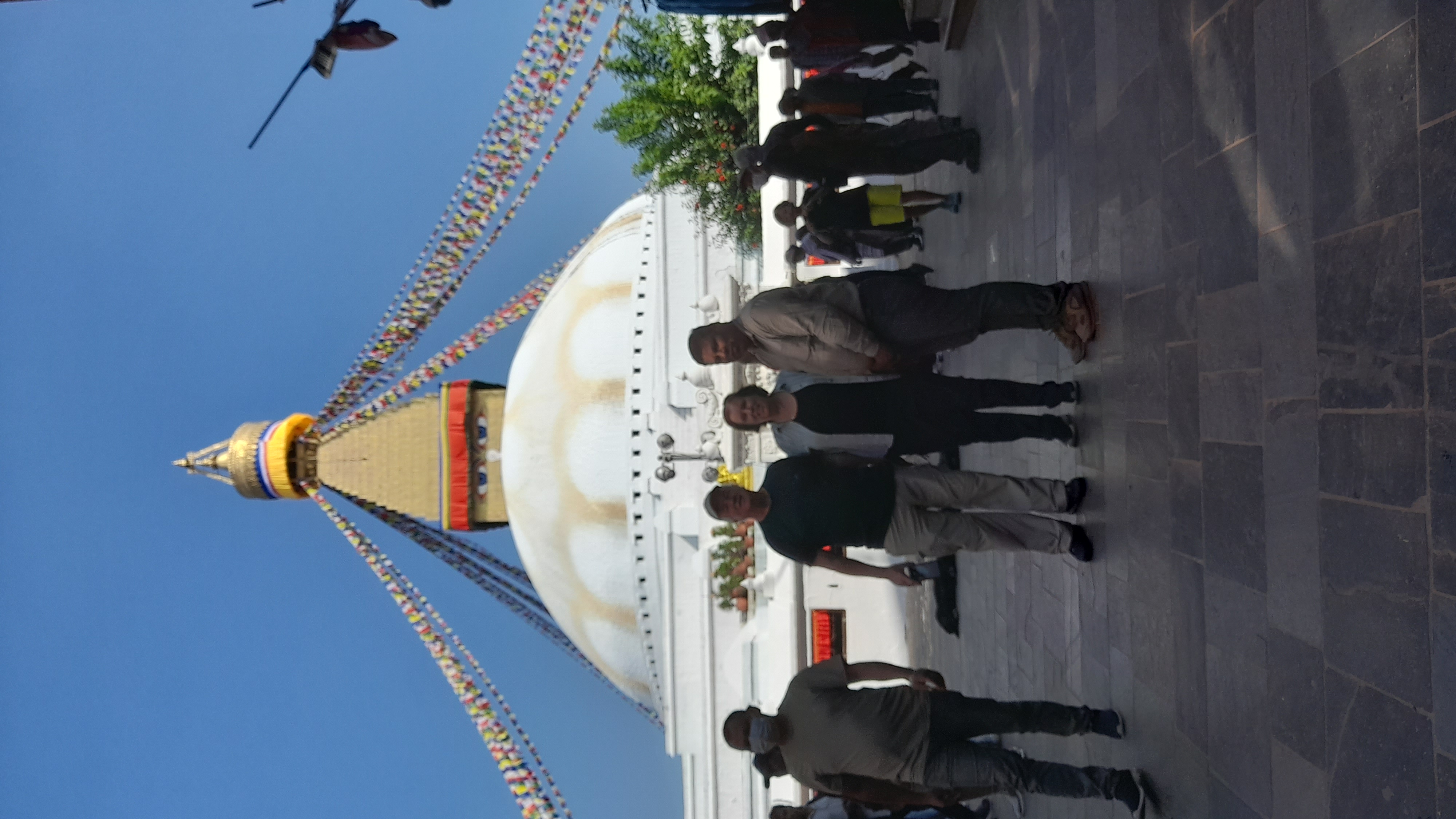











Create an account to